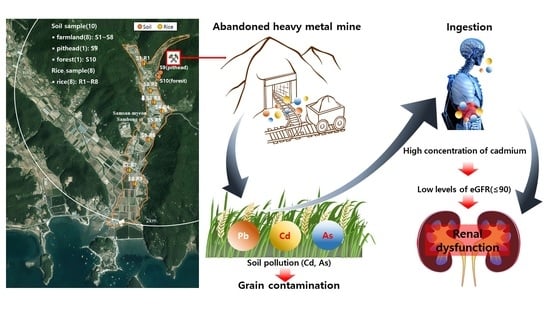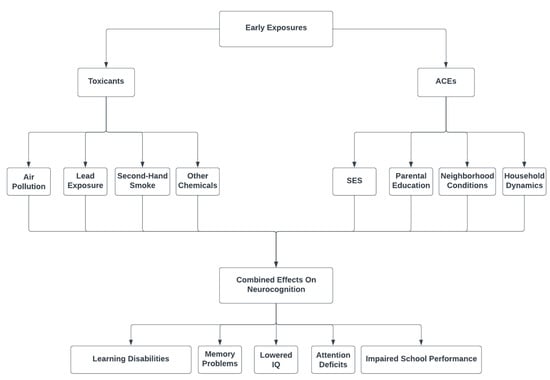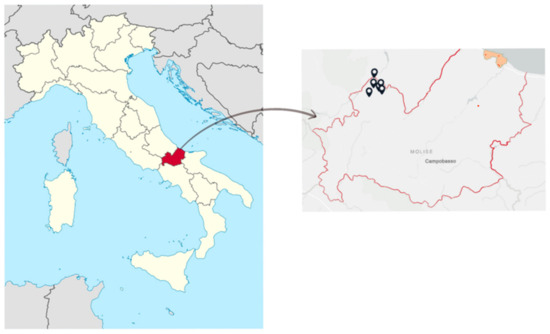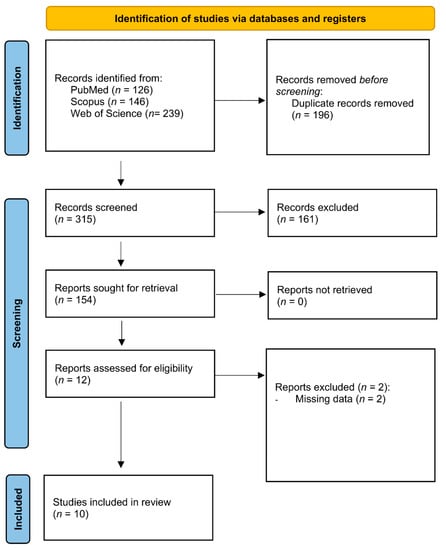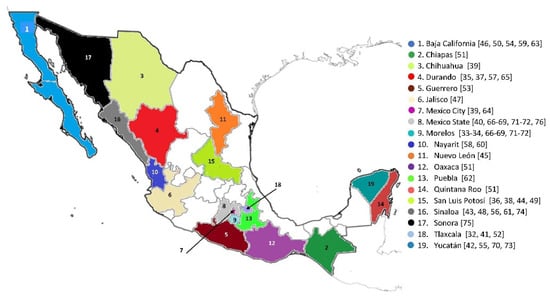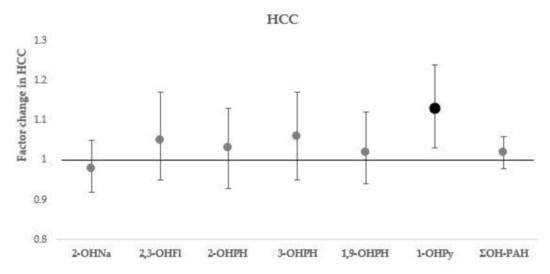Exposure and Effects of Environmental Pollution on Vulnerable Populations
A topical collection in Toxics (ISSN 2305-6304). This collection belongs to the section "Human Toxicology and Epidemiology".
Viewed by 59949Editors
Interests: environmental pollution; environmental chemistry; environmental tobacco smoke (ETS); public health; human biomonitoring; risk assessment; hospital hygiene
Special Issues, Collections and Topics in MDPI journals
Interests: public health; environmental epidemiology; risk assessment; environmental pollution
Special Issues, Collections and Topics in MDPI journals
Topical Collection Information
Dear Colleagues,
Environmental pollution is a well-known risk factor for human health, causing more than 10 million deaths every year. Although many studies have been carried out on this issue in recent decades, many gaps exist regarding both exposure and effects related to air, water, and food pollution. Further investigation is necessary for vulnerable populations such as children, pregnant women, elderly individuals, and subjects with pre-existing diseases because exposure and effects may be influenced by the susceptibility and vulnerability of populations.
This Topical Collection focuses on highlighting research studies addressing new evidence on environmental exposure profile and relevant negative outcomes in specific groups of general population.
In this Topical Collection, original research articles, narrative and systematic reviews, meta-analyses, and short communications are welcome. Research areas may include (but not be limited to) the following: real-life or modeled exposures to environmental pollutants of highly susceptible and vulnerable populations (children, pregnant people, elderly individuals, subjects with pre-existing diseases, etc.) and real-life or estimated adverse effects associated with environmental pollution exposure of vulnerable and susceptible populations.
We look forward to receiving your contributions.
Prof. Dr. Matteo Vitali
Dr. Carmela Protano
Dr. Arianna Antonucci
Collection Editors
Manuscript Submission Information
Manuscripts should be submitted online at www.mdpi.com by registering and logging in to this website. Once you are registered, click here to go to the submission form. Manuscripts can be submitted until the deadline. All submissions that pass pre-check are peer-reviewed. Accepted papers will be published continuously in the journal (as soon as accepted) and will be listed together on the collection website. Research articles, review articles as well as short communications are invited. For planned papers, a title and short abstract (about 100 words) can be sent to the Editorial Office for announcement on this website.
Submitted manuscripts should not have been published previously, nor be under consideration for publication elsewhere (except conference proceedings papers). All manuscripts are thoroughly refereed through a single-blind peer-review process. A guide for authors and other relevant information for submission of manuscripts is available on the Instructions for Authors page. Toxics is an international peer-reviewed open access monthly journal published by MDPI.
Please visit the Instructions for Authors page before submitting a manuscript. The Article Processing Charge (APC) for publication in this open access journal is 2600 CHF (Swiss Francs). Submitted papers should be well formatted and use good English. Authors may use MDPI's English editing service prior to publication or during author revisions.
Keywords
- environment
- pollution
- air
- water
- food
- susceptible population
- vulnerable population
- exposure
- human adverse effects
- risk assessment












